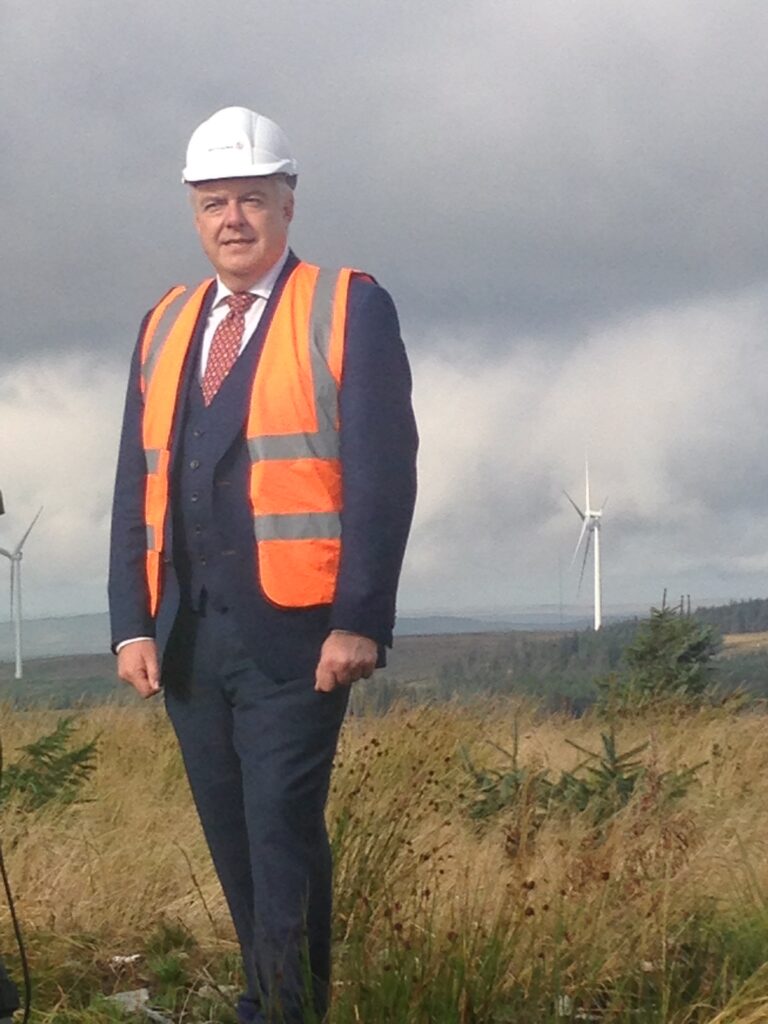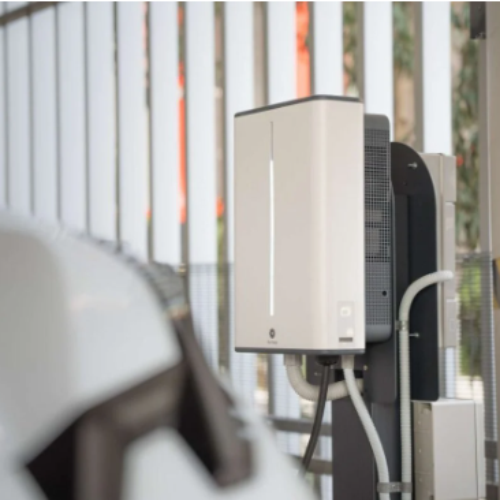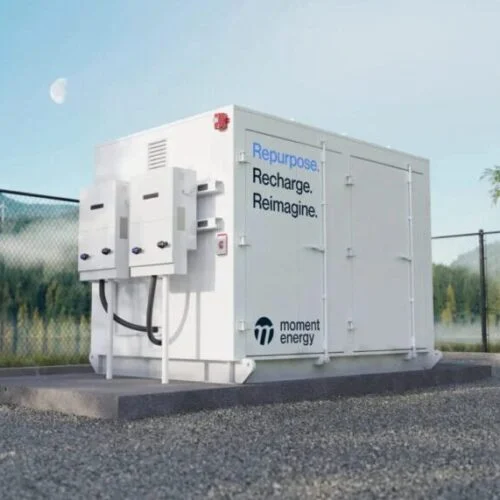A mixture of wind, marine and some hydroelectric projects will make up the Welsh government’s efforts to reach its nearly announced target of deriving 70% of its electricity from renewable sources by 2030.
Environment secretary Lesley Griffiths announced last week that the devolved government would seek to more than double the proportion of renewable electricity from its current level of 32%.
Combined with a 1GW target for locally owned renewable electricity capacity by 2030 and all new projects to have an element of local ownership by 2020, Griffiths said the “stretching but realistic targets” would help decarbonise the energy system, lower costs and deliver greater benefits.
According to Wales’ first minister Carwyn Jones, who spoke to Clean Energy News last week at the opening of the Pen y Cymoedd onshore wind farm – the largest in Wales and home to Vattenfall’s forthcoming EFR battery project –wind and marine would make up the bulk of the projects used, with some small hydroelectric projects.
Citing the cuts to and closures of subsidies paid to solar, the first minister added: “At the moment I can’t see a future for solar because of the actions of the UK government, and we regret that.
“What we need to do is encourage as many different sources of energy as possible to reach our target…and we want to see resources made available for solar. [However] the UK government just knows what it doesn’t want and not what it does want and that is bad news for energy producers at the moment.
“We need to see some direction from London to match the direction we have outlined here in Wales.”
The Pen y Cymoedd project, made up of 76 turbines with 228MW combined installed capacity, represents a major infrastructure success for both Wales and Vattenfall, which spent 52% of the £400m investment on Welsh businesses.
During construction, more than 1,000 workers from Wales helped build the wind farm. For the next 20 years or more, Pen y Cymoedd will employ 23 skilled wind farm technicians and support staff from the local workforce.
In an average year, Pen y Cymoedd will power the equivalent of 188,000 UK homes, about 15% of Welsh households.
However, subsidies for onshore wind have also now closed making it substantially more difficult to build new projects. Contracts for Difference (CfD) auctions remain viable for offshore wind however it is not known how successful Welsh projects will be against competing projects around the UK.
Meanwhile, campaigning continues in earnest to see the Swansea Bay Tidal Lagoon secure approval, with senior Welsh Conservatives calling on Theresa May to give the £1.3 billion project the green light.






